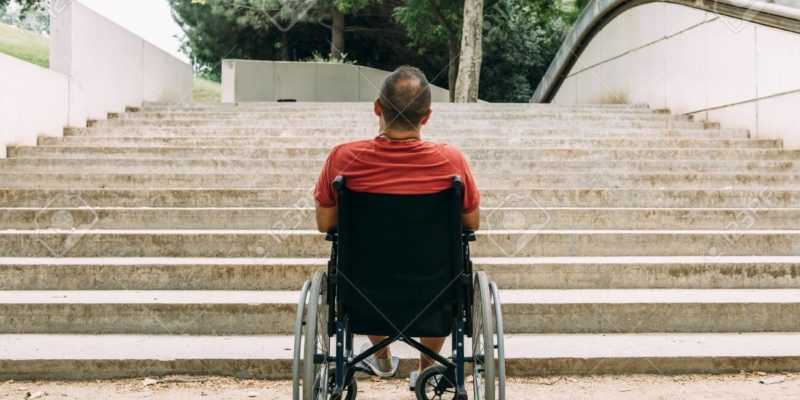All people will face, at some point in their lives, the condition of having reduced mobility. Making cities adapted is a challenge for everyone. When we are faced with the terms decreased mobility and people with disabilities, it is almost natural that we unify them.
However, the terms do not mean the same thing. Knowing them and knowing exactly how we should, as citizens, relate to people with these characteristics is fundamental and contributes to a more humanized project for a city, country, and world.
What Is Reduced Mobility?
Reduced mobility is the situation of an individual whose movements are limited due to age, physical (sensory or locomotion, which can be permanent or momentary), or mental disability, requiring special attention or adaptations in the environments.
When dealing with reduced mobility, it is common for there to be an immediate association with people with disabilities. However, throughout life, anyone can experience moments when their mobility is reduced for any reason or situation.
On any occasion in our lives that our body goes through some trauma, situation, or event that reduces our agility, balance, or even motor coordination, we will reduce our mobility. Thus, an older adult, someone who has fractured a limb and uses a cast, splint, or crutch, a pregnant woman, or a person with an infant can also be considered people with reduced mobility.
Likewise, overweight people, lactating women, people with disabilities, or even someone who, at the time they left home, sprained their foot, are also considered within this sphere of difficulty in locomotion or mobility.
This is how people who use wheelchairs, crutches, or any other instrument that can help them get around are understood. However, not all people with reduced mobility have their condition considered permanent, as highlighted above. It can be solved using New York scooter accessable van rentals.
What Are The Correct Terminologies?
Using the correct terminology to refer to the particularities of each person is a gesture not only of lavish attention but, above all, of respect. Being a person with reduced mobility puts us daily in situations that everyone must carefully observe.
These situations concern our relationships in the social environment, the accessibility adaptations that all public backgrounds must make, and, above all, the active participation of people with reduced mobility in the territories they wish to work.
When combined with a friendly and respectful attitude, all of this makes cities more diverse, more prosperous, and certainly much more humanized.








Comments